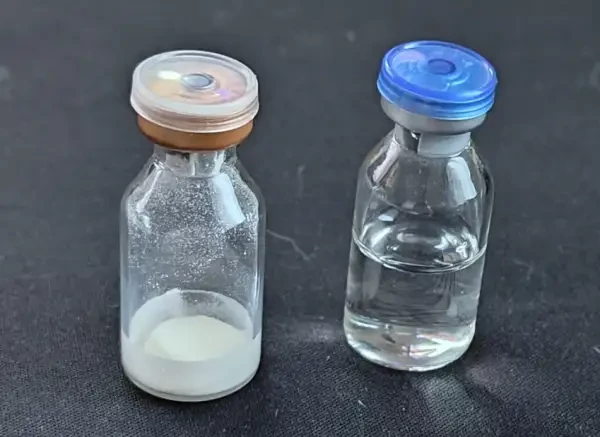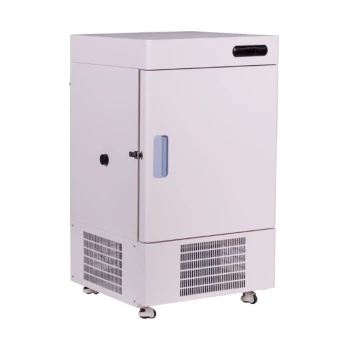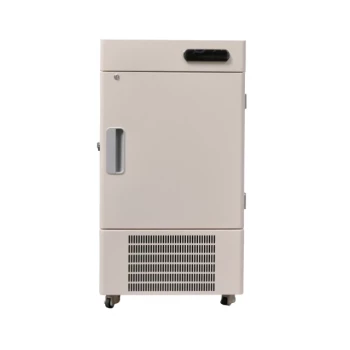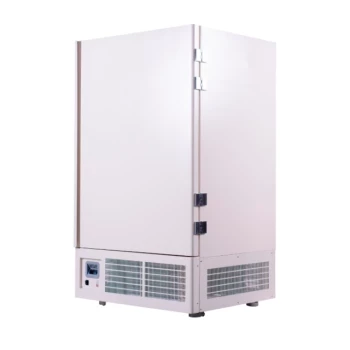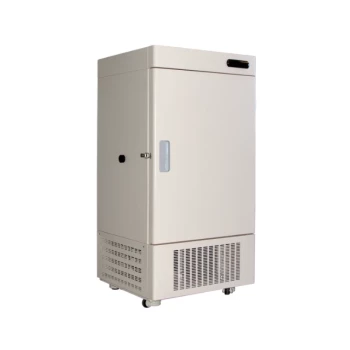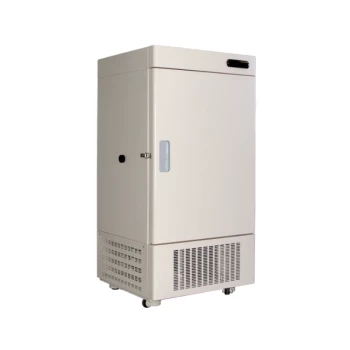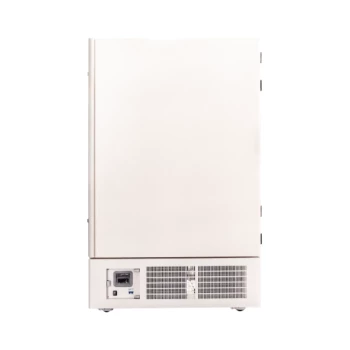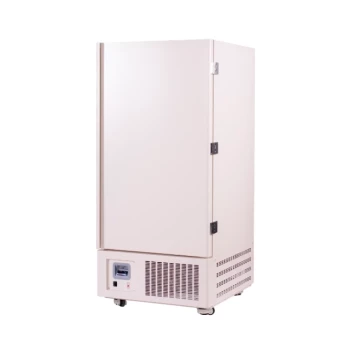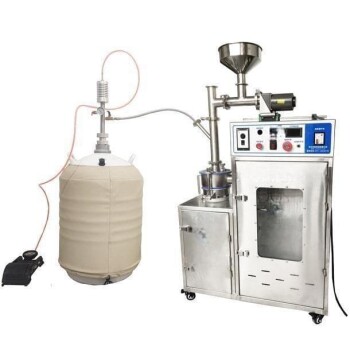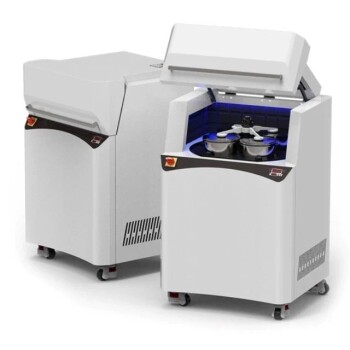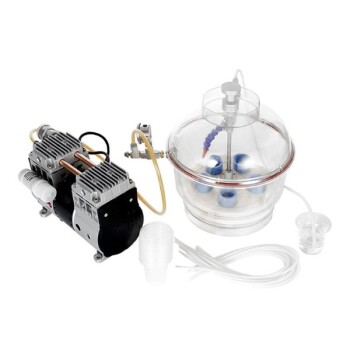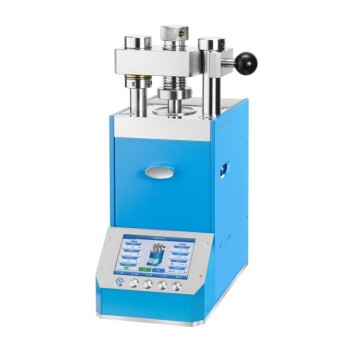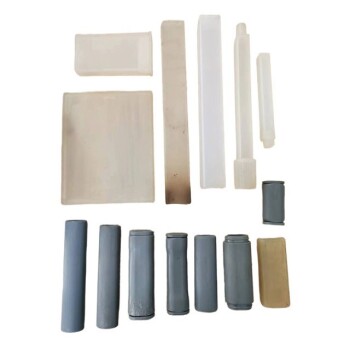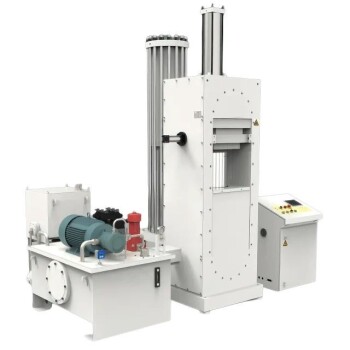Freeze-drying isn't just a preservation method—it's a transformative process that maintains the integrity of sensitive materials across industries. From extending the shelf life of strawberries to stabilizing life-saving vaccines, this technology leverages deep scientific principles to deliver unmatched benefits. Let’s explore what makes certain products ideal for freeze-drying and how different sectors harness its advantages.
Unlocking Versatility: What Makes a Product Freeze-Dryable?
Core Principles: Water, Structure, and Stability
Freeze-drying (lyophilization) works by removing water from materials while preserving their structure and function. The process involves three stages:
- Freezing: Solidifies water content at low temperatures.
- Primary Drying: Ice sublimates directly into vapor under vacuum.
- Secondary Drying: Removes residual moisture for long-term stability.
Key takeaway: Products with high water content and stable molecular structures (e.g., fruits, proteins) are prime candidates.
Key Factors Determining Suitability
- Water Activity: Materials with freezable water (not bound by oils or sugars) dry effectively.
- Thermal Sensitivity: Heat-sensitive items (e.g., probiotics) benefit from low-temperature processing.
- Structural Integrity: Porous or fibrous materials (like vegetables) retain shape post-drying.
Example: Freeze-dried milk powder retains over 90% of its nutrients, unlike spray-dried alternatives, making it ideal for infant formula.
The Freeze-Drying Advantage: Applications by Sector
Preserving Nutrition & Flavor: Food & Beverage Focus
Fruits & Vegetables: Color, Nutrients, and Convenience
- Science: Rapid freezing preserves cell walls, locking in vitamins and antioxidants.
- Benefit: Lightweight, shelf-stable snacks with near-fresh quality (e.g., camping meals).
Meats, Dairy & Eggs: Safety, Shelf-Life, and Culinary Uses
- Science: Eliminates microbial risks without high heat; proteins remain undenatured.
- Benefit: Emergency rations and gourmet ingredients (e.g., powdered cheese for sauces).
Complete Meals & Coffee: Lightweight Portability
- Science: Flavor compounds are preserved; meals reconstitute instantly.
- Benefit: Astronaut food and specialty coffee retain original taste profiles.
Safeguarding Health: Pharmaceutical & Biotech Essentials
Vaccines & Injectables: Thermostability for Global Access
- Science: Stabilizes live viruses for transport without refrigeration.
- Benefit: Critical for distributing vaccines in remote areas.
Biologicals & Probiotics: Maintaining Vital Activity
- Science: Low-temperature drying keeps cultures viable for years.
- Benefit: Enhances efficacy of supplements and microbiome therapies.
Enabling Research & Innovation: Biologicals and Chemicals
Cultures & Extracts: Long-Term Storage for Science
- Science: Prevents DNA degradation in lab samples.
- Benefit: Researchers can archive cell lines indefinitely.
Advanced Materials: Unique Properties Through Lyophilization
- Science: Creates porous scaffolds for drug delivery or industrial catalysts.
What Doesn't Freeze Dry Well? (Understanding Limitations)
Some materials fail due to:
- High Oil/Fat Content: Butter or peanut butter become rancid, as oils don’t sublimate.
- Sugar-Rich Items: Honey or syrup form sticky residues that hinder drying.
- Non-Porous Structures: Dense items (e.g., whole nuts) trap moisture.
Pro tip: Pre-treatment (e.g., slicing or blanching) can expand the range of suitable products.
Upgrade Your Lab’s Capabilities with KINTEK
From freeze-drying delicate cultures to preserving rare plant extracts, KINTEK’s lab equipment ensures precision and reliability. Explore our solutions to enhance your research or production efficiency—where science meets practicality.
Related Products
- 80L Chilling Circulator Cooling Water Circulator for Water Bath Cooling and Low Temperature Constant Temperature Reaction Bath
- 108L Vertical Ultra Low Temperature ULT Freezer
- 58L Precision Laboratory Ultra Low Temperature Upright Freezer for Critical Sample Storage
- 808L Precision Laboratory Vertical Ultra Low Temperature Freezer
- 308L Precision Ultra Low Temperature Freezer for Laboratory Applications
Related Articles
- Preparation and Finishing Work for Using a Low-Temperature Thermostatic Reaction Bath
- Basic Laboratory Refrigeration Equipment
- Why Tap Water Chilling Is Not Enough for Your Rotavap
- Don't Let Overheating Ruin Your Experiment Use a Chiller for Your Rotavap
- Understanding the Functionality of Cryogenic Cold Traps
